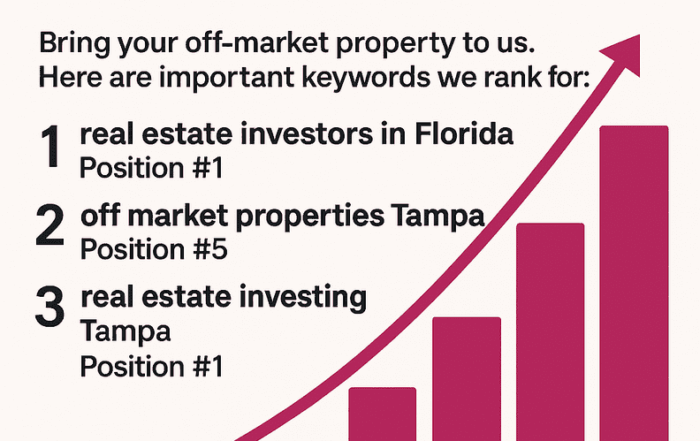Understanding Net Operating Income (NOI) and Key Real Estate Metrics
What is Net Operating Income (NOI)?
Net Operating Income (NOI) is an important number in real estate investing. It shows how much money a property is making after you pay for all the regular costs of running it. Think of it like the property’s report card.
What Makes Up Net Operating Income (NOI)?
Total Income This is all the money you make from the property, including:
- Rent payments: The money tenants pay to live there.
- Fees from amenities: Extra money from things like parking or laundry services.
- Other income sources: Any other way the property brings in money.
Operating Expenses These are the costs to keep the property running smoothly, such as:
- Property management fees: What you pay someone to manage the property.
- Maintenance and repairs: Fixing things that break.
- Utilities: Water, electricity, etc.
- Insurance: Protecting the property against things like fire or damage.
- Marketing and advertising: Getting the word out to find tenants.
- Legal and accounting fees: Paying for professional services.
What is Not Included in NOI? Net Operating Income (NOI) does not include:
- Mortgage payments: These are separate costs for borrowing money.
- Taxes: Property taxes are not part of Net Operating Income (NOI).
- Capital expenditures (CapEx): Big expenses to improve the property, like a new roof.
Understanding Capital Expenditures (CapEx)
CapEx stands for the money you spend on big upgrades or improvements to the property. These are things that add value or extend the life of the property, like:
- Roof replacements
- HVAC system upgrades
- Major structural repairs
- New building additions
These are different from regular repairs because they’re big, one-time expenses that benefit the property long-term.
Key Real Estate Metrics
Cap Rate (Capitalization Rate) Cap rate helps you figure out how good an investment is. It’s calculated by dividing the NOI by the property’s current market value.
- Example: If a property makes $20,000 a year and is worth $200,000, the cap rate is 10%.
Appreciation Appreciation is when a property increases in value over time. This can happen because of market demand, improvements, or good economic conditions.
- Example: If your property’s value goes from $200,000 to $250,000, it has appreciated by $50,000.
Depreciation Depreciation is a tax benefit that lets you reduce your taxable income, even if the property value is going up.
- Example:
- Property Purchase Price: $275,000
- Land Value: $75,000
- Depreciable Amount: $275,000 – $75,000 = $200,000
- The IRS lets you depreciate residential rental property over 27.5 years. So, you can deduct $200,000 / 27.5 = $7,273 each year from your taxable income.
Gross Rent Multiplier (GRM) GRM is a quick way to estimate a property’s value based on its rental income. It’s calculated by dividing the property price by its annual rental income.
- Example Calculation:
- Property Price: $300,000
- Annual Rental Income: $30,000
- GRM = Property Price / Annual Rental Income = $300,000 / $30,000 = 10
The 1% Rule The 1% rule is a simple way to see if a rental property might be a good deal. The idea is that the property should make at least 1% of its purchase price in monthly rent.
- Example Calculation:
- Property Price: $300,000
- Monthly Rent: $3,000 (which is 1% of $300,000)
Should You Use the 1% Rule?
The 1% rule is a good starting point, but it doesn’t cover everything. It doesn’t include operating expenses, financing costs, or market changes. Look at other metrics like GRM, Cap Rate, and Cash Flow analysis for a more accurate picture.
Conclusion
Understanding net operating income in real estate and these key terms and concepts are crucial for successful real estate investing. They help you analyze properties, make informed decisions, and ultimately achieve your investment goals. At Graystone Investment Group, we’re here to support you every step of the way. Stay tuned for more insights, and remember, ‘You invest, we do the rest.’







